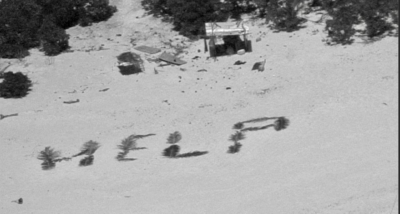Nothing is worse than a fire aboard your vessel, especially when the fire is in areas that are hard to reach and fueled by something you’re not prepared to deal with.
Here’s a true story. A vessel was making a passage from the outer islands in Maine to the mainland when its diesel engine began racing. Looking below in the engine room, the crew found a fire — a big fire — and seawater didn’t help much to put it out. What was causing the fire and the engine to race? A hydraulic line above the engine had developed a crack and pressurized hydraulic fluid formed a mist in the air that simultaneously ignited and fed the diesel engine more fuel through the air intakes. The faster the engine ran, the more pressure it built in the hydraulic lines and the more mist it created. What a nightmare. There was virtually no way to slow the engine down until the mist stopped. Finally a crewman risked his life to get enough water in there to drown the engine.
I remember a news report where a fire department said that they couldn’t reach many areas in a ship fire because they didn’t know their way around. The report also mentioned that the ladder ways and gangways firefighters could use were like chimneys, causing intense heat to concentrate in them.
What resonated the most with me was the lack of access to the actual area of the fire and that fire departments don’t know their way around vessels in order to correctly fight the fire and mitigate the damage. Third, but just as important, is a lack of crew training in fighting fires.
Remember that the vessel is your only hope at sea, so you really need to know how to handle a fire.
Be sure to practice fire drills on your vessel. Invite your local fire chief aboard to get familiar with your vessel and then invite the whole department out for a drill or two. Find out where the chimney effect may happen and imagine the many different ways to get to a fire on your vessel. It may save your life.




